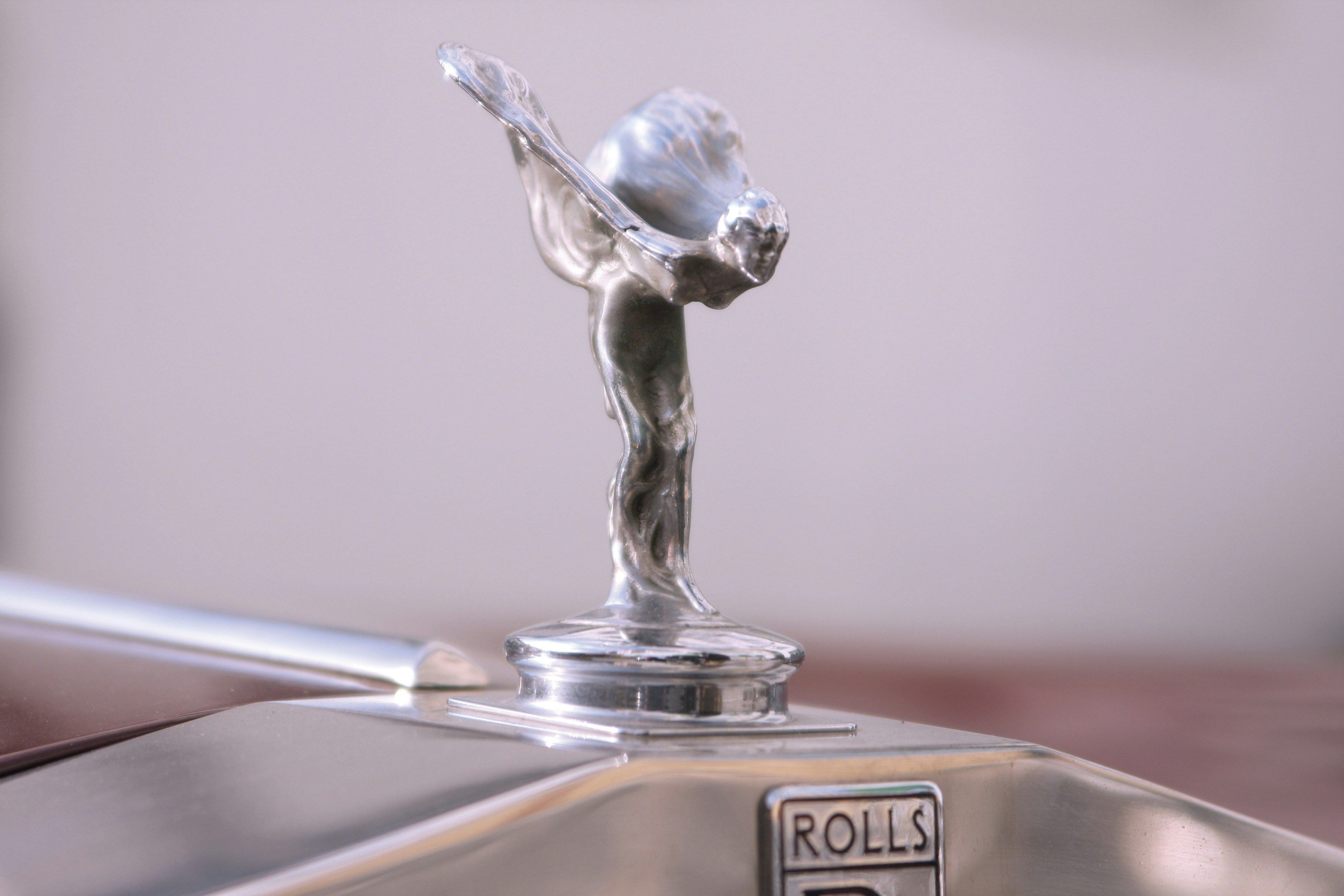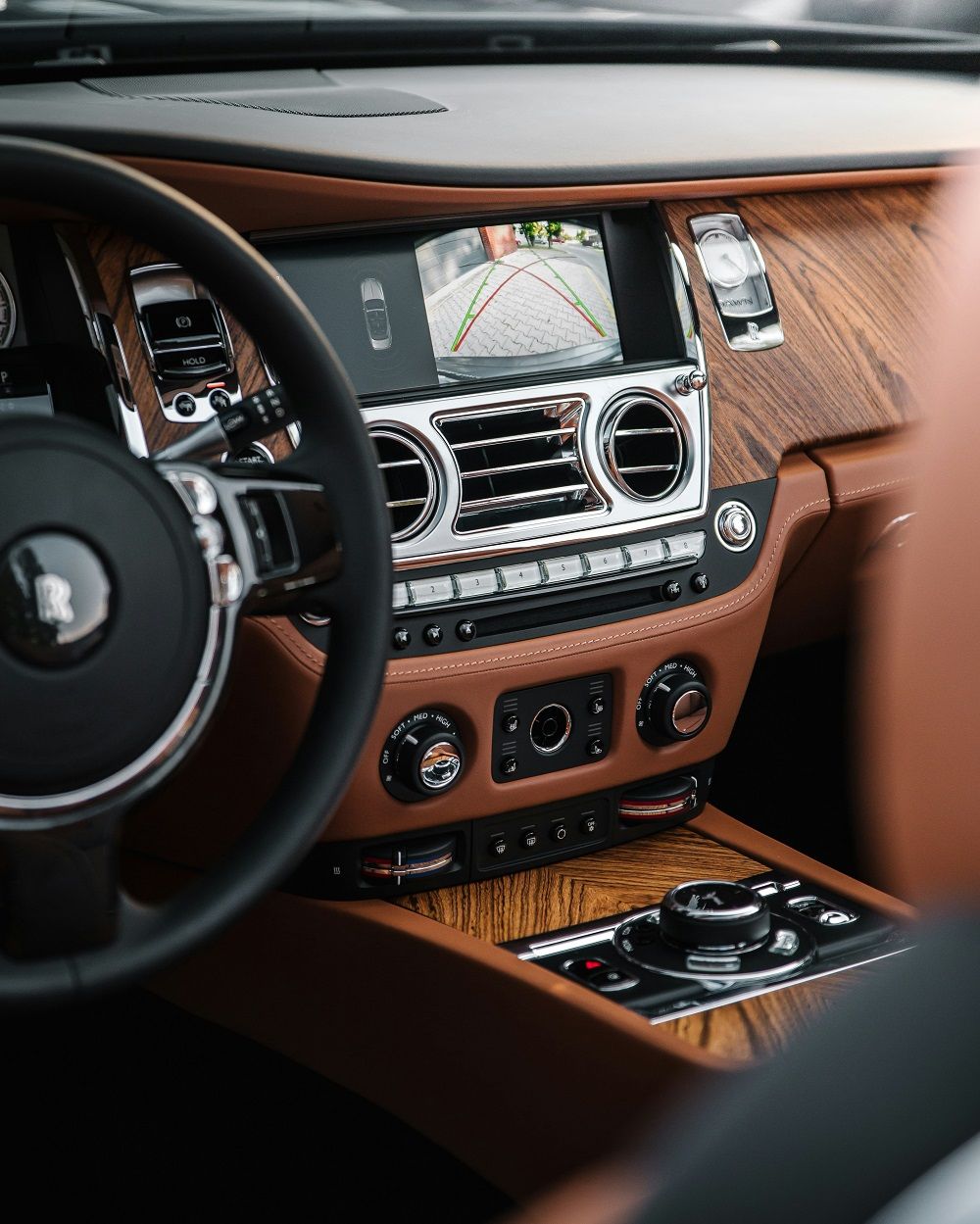- 6 March 2024
- No Comment
- 1196
Startup of 1884 When Rolls Met Royce

In 1884, the Rolls-Royce story started when Henry Royce opened a mechanical and electrical business in Manchester, making things like dynamos and cranes. But he soon saw the potential in the car industry. At the same time, Charles Rolls, who had a love for marketing and cars, was busy importing and selling cars after graduating from Cambridge.
When Rolls Met Royce 
The big moment happened in 1904 when Royce, working on his own car design, caught Rolls’ attention at a meeting. Rolls was so impressed that he agreed to exclusively sell all the cars Royce made. This partnership led to the birth of Rolls-Royce, and they showcased their first car, the Rolls-Royce 10 hp, on December 23, 1904, at the Paris Motor Show.
Rolls-Royce is all about luxury, and they believe every little thing in their cars tells a story of luxury. They use top-notch materials, and you won’t find any plastic in their cars. Each tiny part is chosen to make driving better and add more value to the overall luxury experience.
What sets Rolls-Royce apart is its focus on creating a quiet and peaceful ride. They want you to feel detached from the outside world when you’re in their cars. This dedication to making your journey serene is a big deal for them. So, when you’re in a Rolls-Royce, it’s not just a drive – it’s a calm and luxurious adventure.
Humble Beginning
Rolls-Royce had humble beginnings as a partnership in 1904, and over time, it transformed into a private limited company in 1906. The following year saw another evolution as it transitioned into a publicly listed company.
After the passing of Charles Rolls in 1910, Henry Royce and Claude Johnson took charge, steering the company to success.
By 1914, Rolls-Royce had expanded its horizons beyond automobiles, entering the realm of manufacturing civil and defense aircraft engines. This move marked a significant milestone, showcasing the company’s ability to diversify and become a prominent name not only in the automotive industry but also in aviation.
Better Power for a Changing World
The driving force behind Rolls-Royce is a powerful mission: “Better Power for a Changing World.” This mission reflects their commitment to raising standards and improving performance, with a focus on providing competitive and clean energy solutions for the future.
Beyond corporate goals, Rolls-Royce’s vision extends to a broader responsibility of safeguarding the environment and contributing to a more sustainable future for all.
Rolls-Royce Logo 
The Rolls-Royce plc logo features intertwined ‘R’s against a blue backdrop, with “Rolls” above and “Royce” below. Rolls-Royce Motor Cars Ltd. mirrors this logo against a white background, maintaining a cohesive visual identity.
A cherished symbol is the “Spirit of Ecstasy” emblem, a masterpiece by Charles Robinson Sykes. Depicting a woman leaning forward, hands gracefully stretched back, her flowing attire creates an illusion of wings. Known as the “Flying Lady” or “Eleanor,” this emblem symbolizes grace, luxury, and the unparalleled craftsmanship synonymous with Rolls-Royce.
Rolls-Royce’s Business Model
Rolls-Royce Motor Cars Ltd follows a unique revenue model. They specialize in creating and selling top-tier luxury cars with high standards and customizable features. The price range for their cars spans from $300,000 to $550,000, with the Rolls-Royce Phantom standing out as the priciest.
Rolls-Royce’s business model strategically focuses on cost reduction within power systems, allowing resources for continuous innovation.
Revenue is primarily generated by selling engines and power systems across industries. Additionally, income comes from service contracts with airlines, where Rolls-Royce ensures the upkeep of aircraft engines.
Challenges
Despite its esteemed legacy, Rolls-Royce has encountered significant challenges. A critical moment arose in 1971 when the company declared bankruptcy due to substantial losses linked to mismanagement.
The root cause was a fixed-price contract with Lockheed Aircraft Corporation for manufacturing airplane engines. The prolonged nature of this contract led to unsustainable losses, triggering a severe financial crisis for Rolls-Royce.
The impact rippled across various industries, prompting government intervention. Consequently, Rolls-Royce underwent nationalization to stabilize its operations, a period that lasted until 1987, when the company returned to private ownership.
In more recent times, Rolls-Royce faced a significant challenge during the Covid-19 pandemic. With 50% of their revenue tied to aerospace activities, the widespread disruption caused by the crisis, including grounded flights, deeply affected the company. In 2020, Rolls-Royce reported a substantial loss of around £4 billion, marking the largest financial setback in its long history.
Corporate Events
The corporate landscape of Rolls-Royce has been shaped by significant events in mergers and acquisitions. In 1973, Rolls-Royce Motors became independent from Rolls-Royce (1971) Ltd., operating alongside Bentley Motors until 1980 when Vickers plc acquired Rolls-Royce Motors.
A crucial shift happened in 1998 when Vickers sold Rolls-Royce Motors to the Volkswagen Group. However, it’s noteworthy that BMW secured the rights to the esteemed name “Rolls-Royce” and its unique logo for £40 million.
From 2003 onward, BMW exclusively held the rights for naming, manufacturing, and selling Rolls-Royce cars, marking a pivotal moment in the brand’s history.
Over the years, the luxury car manufacturer achieved remarkable sales growth, hitting a historic milestone in 2019 by selling over 5000 cars.
Impressively in 2022, Rolls-Royce achieved a substantial revenue of $16.38 billion. As the company continues to evolve, these strong financial figures position Rolls-Royce for continued success and innovation in the years ahead.
Competitors
Rolls-Royce Holdings plc, despite its formidable brand identity, encounters robust competition in the market. In the aero-engine sector, two notable competitors are:
General Electric (GE): A major player with a significant 55% market share, General Electric and its partners dominate the aero-engine market, extending their influence across various high-tech industrial sectors.
Pratt & Whitney: A significant contender in the aero-engine market, Pratt & Whitney competes directly with Rolls-Royce. They are also involved in manufacturing power turbines for marine and other industrial services.
In the luxury car segment, where Rolls-Royce Motor Cars Ltd. operates, the competition includes Bentley, Jaguar, Mercedes-Benz, and Porsche.
Future Plans
Rolls-Royce is setting an ambitious course for the future, making substantial investments in cutting-edge technologies that not only efficiently meet global power needs but also contribute to environmental sustainability.
Electric Planes: Rolls-Royce is at the forefront of electrifying the aviation sector. Their groundbreaking all-electric plane, which took its maiden flight on September 18, 2021, is undergoing further enhancements to achieve an impressive speed of 300 mph. This initiative aligns with the company’s commitment to combat climate change by developing zero-emission aircraft, paving the way for a more sustainable future in aviation.
Small Modular Reactors (SMR): Rolls-Royce SMR Ltd has been established with the goal of constructing power plants that generate electricity using Small Modular Reactors. This innovative technology is anticipated to be available by 2030.
Space Exploration: Rolls-Royce is venturing into nuclear technologies to design power systems for space launches.
Net Zero Carbon: Rolls-Royce has set an ambitious goal of achieving Net Zero Carbon across all its present and future developments. With a target to bring their carbon emissions to zero in operations by 2030.
These forward-looking initiatives demonstrate Rolls-Royce’s commitment to driving technological innovation, sustainability, and a positive impact on the world’s energy landscape and beyond.
